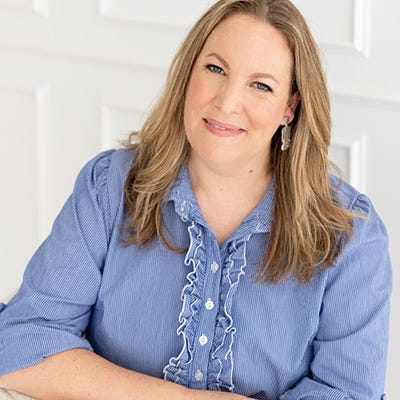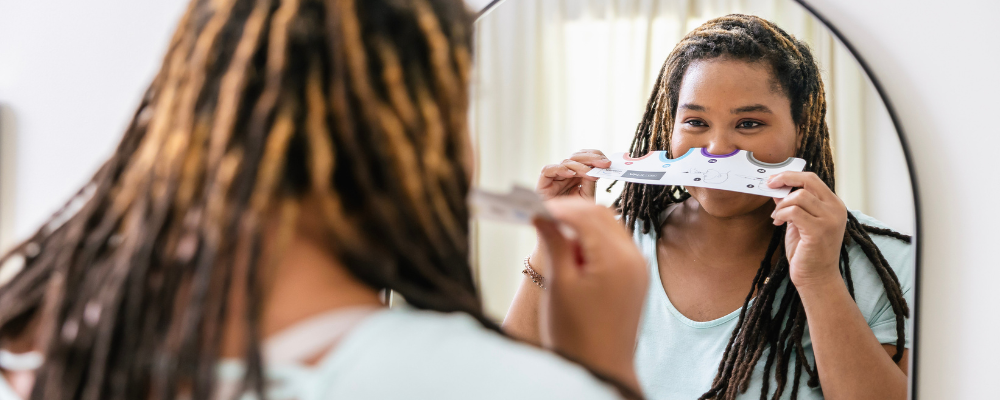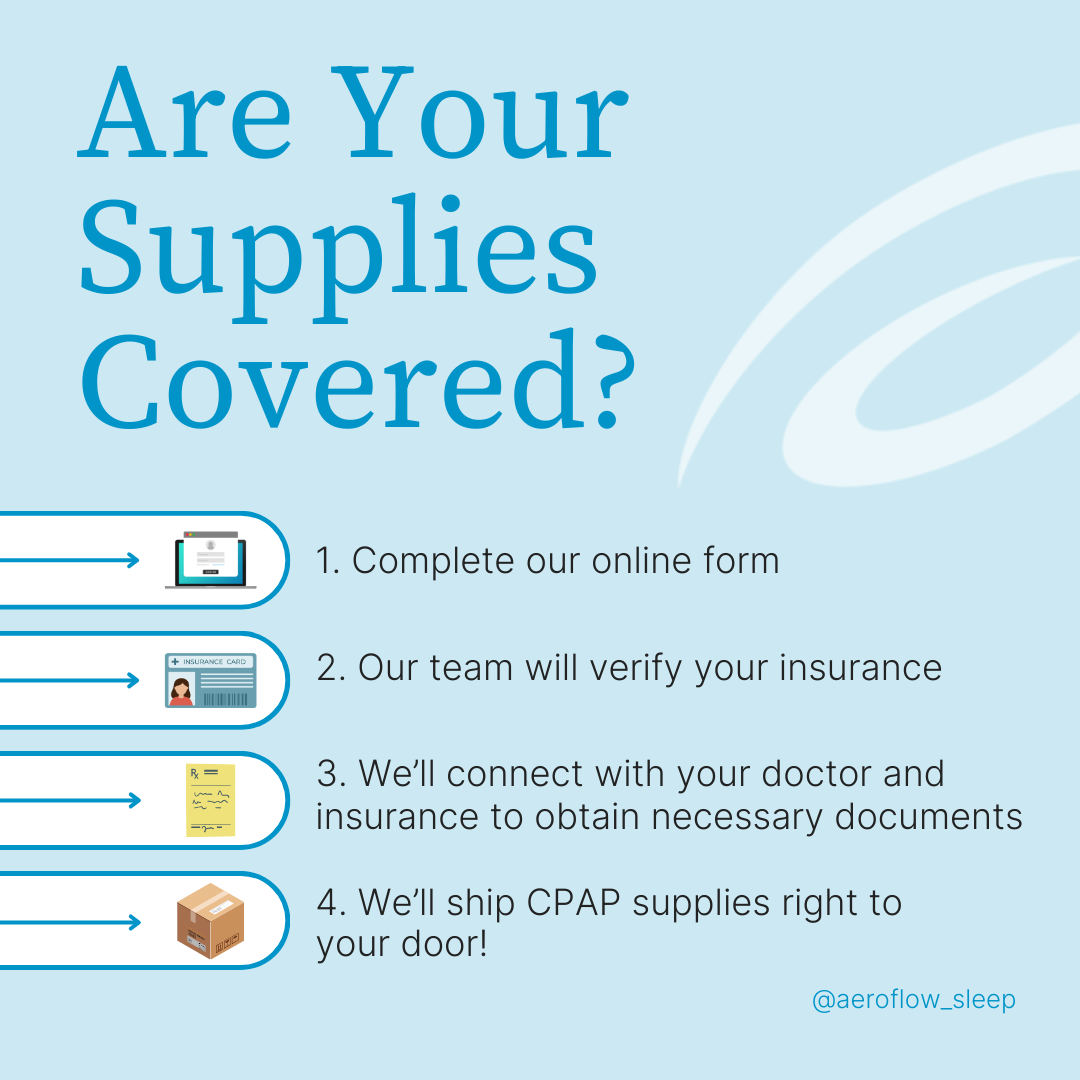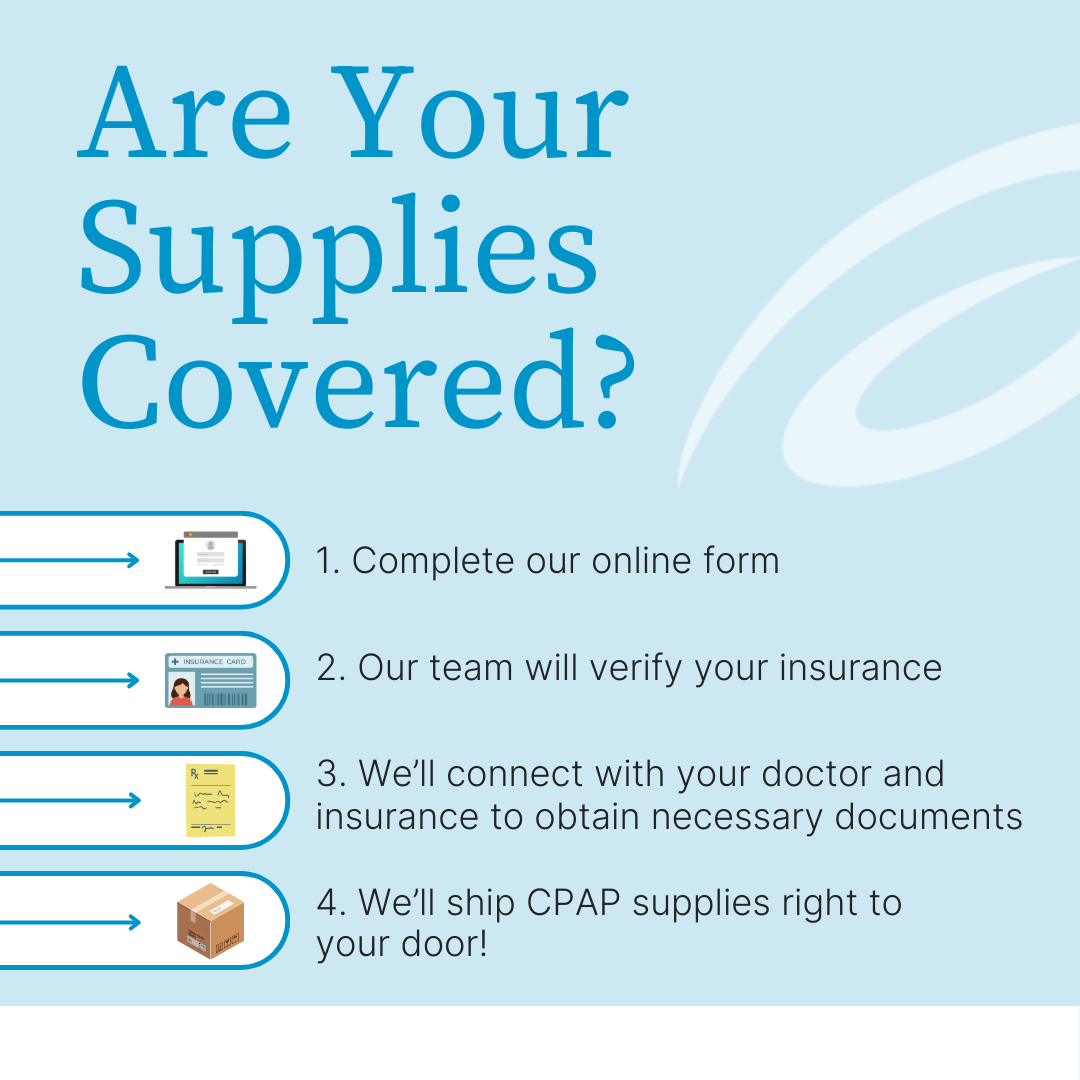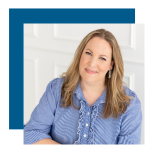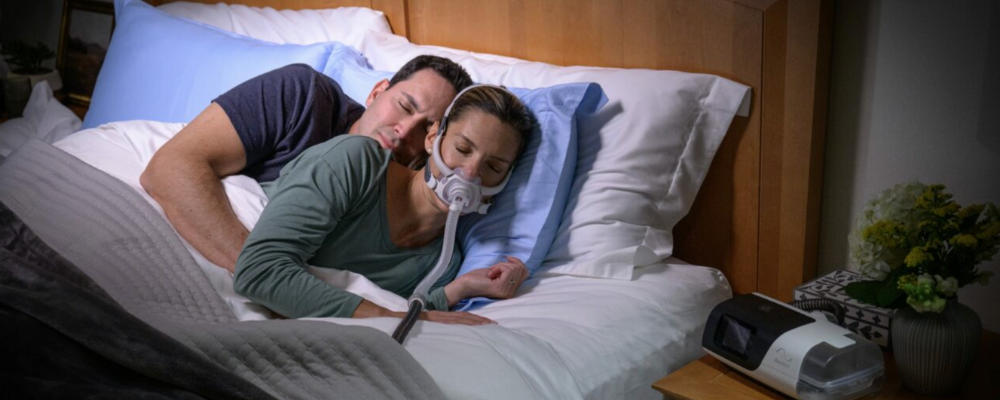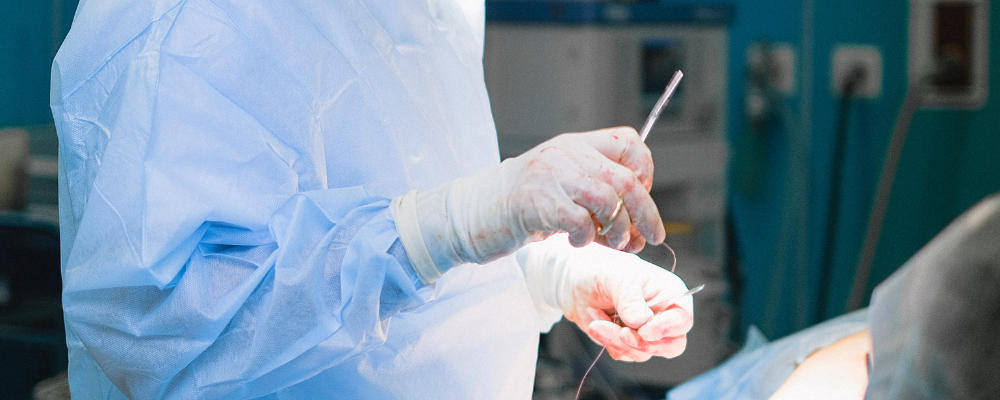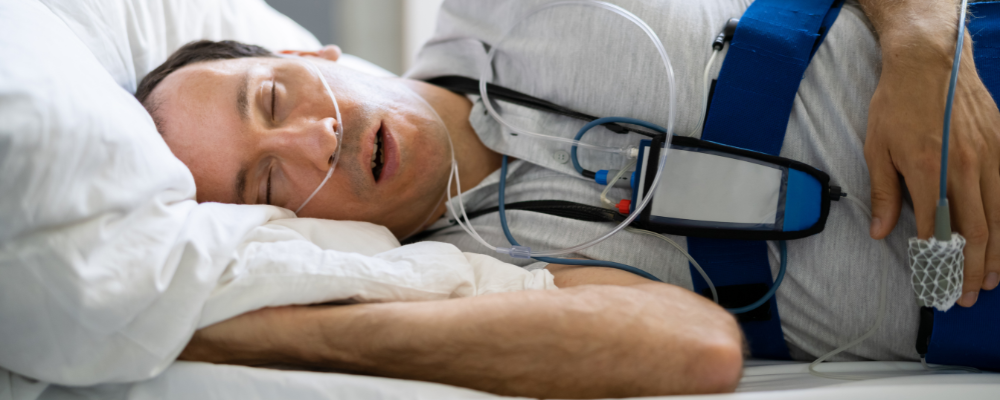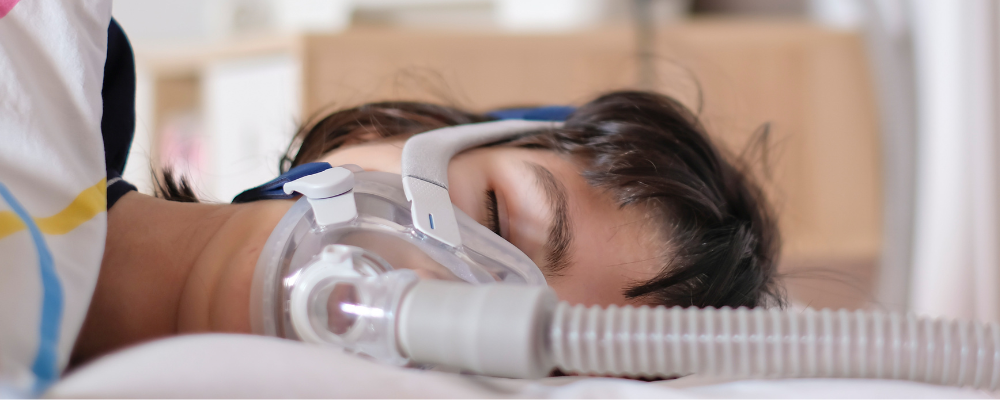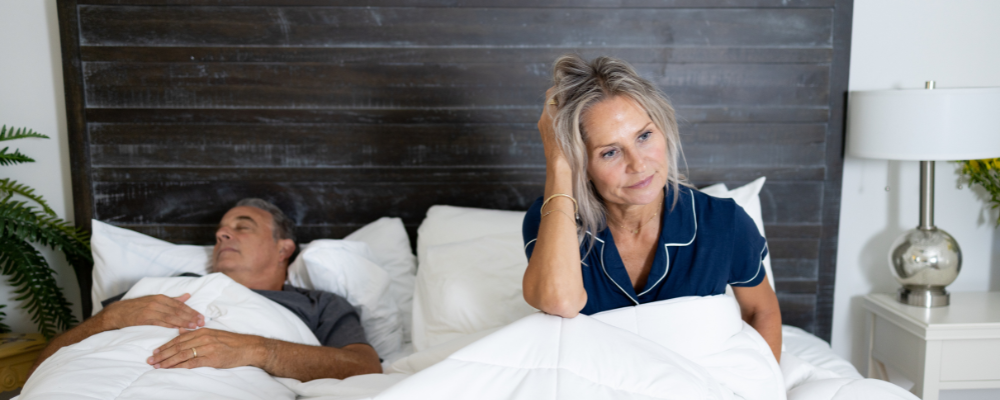The theme for World Sleep Day this year was “Sleep Equity for Global Health.” If you aren’t familiar with the concept of ‘sleep equity,’ you are not alone. It has only been a few years since I learned about equity and why it matters whenever we talk about improving sleep health and diagnosing sleep disorders. For example, research into sleep equity acknowledges that not everyone starts with the same access to healthcare and resources when it comes to their sleep. Aeroflow Sleep is strongly invested in overcoming that challenge, and here’s how we can begin to change together.
What's The Difference Between Equality & Equity?
First, I am a 47-year old, white, suburban mom living with obstructive sleep apnea. Following my diagnosis, at the age of 30, I have had easy access to sleep specialists and CPAP therapy. My sleeping environment is entirely within my control; if I want to ensure my bedroom is dark, cool and quiet, I can turn out the lights, adjust the temperature on my AC, and rely on the silence of my quiet neighborhood. This is not the same experience others have, and that’s where the difference between “equality” and “equity” is important.
I used to use the words “equality” and “equity” interchangeably before I learned the difference. This excerpt by the Annie E. Casey Foundation is helpful in explaining the difference:
- EQUALITY assumes that everybody is operating at the same starting point and will face the same circumstances and challenges
- EQUITY recognizes the shortcomings of this “one-size-fits-all” approach and understands that different levels of support must be provided to achieve fairness in outcomes
In the case of sleep equity, Drs. Girardin Jean-Louis, Michael Grandner, and Azizi Seixas are three leading researchers who have been looking into possible shortcomings, among the Black community specifically. In a recent article, they shared sleep disparity findings…
“Our group identified many predictors of poor sleep among Black people, including metabolic diseases, emotional distress, racism, living in disadvantaged neighborhoods, lack of access to greenspace, occupational factors, increased unhealthy exposures (eg, exposure to light pollution, noxious noise, air pollutants, and suboptimal temperature), and lack of social connections and emotional support.”
This sort of research helps to define the problems that need to be tackled if sleep doctors, CPAP suppliers, and so on are to provide the right support to minority communities. After all, general advice—such as “see your doctor” or “get more sleep—”aren’t going to help when there are significant obstacles making those actions impossible.
What Is Sleep Apnea Equity?
Now that we have identified the systemic issues in sleep, you may be wondering what this has to do with obstructive sleep apnea (OSA.) Dr. Dayna Johnson has been researching sleep equity and racial disparities as they pertain to obstructive sleep apnea diagnosis and treatment. Reviewing the research in this area, Dr. Johnson found, “Racial/ethnic minorities have a disproportionate burden of OSA” That means Black Americans are more likely to have OSA than white Americans.
In addition, when Johnson and her co-authors considered how well treatment was being accepted in the Black community, they discovered differences: “Data from a multi-center clinical trial showed that CPAP acceptance was lower in Black compared to non-Black participants.” This proves that sleep apnea equity is not prevalent at this time.
More research is needed to understand the experience of different minority groups and their specific needs when it comes to OSA, especially considering how there is still a sleep apnea stereotype out there that impresses upon us, your typical OSA patient is an obese, aging male. What sleep apnea equity ultimately is and means for patients who are needing the same quality of treatment that I am privileged enough to access is this: there’s reason to commit to a change, and there’s a reason for hope.
How To Seek Equitable Sleep Apnea Care
Studies around sleep equity seem insurmountable, but what’s being accomplished is the gathering of insight into how we can fix the current disparity in sleep apnea equity. More and more research is being done into the social determinants of sleep health and how to tackle obstacles minoritized communities face. Meeting communities where they are is proving to be a successful strategy and builds relationships and trust long-term.
Remember Dr. Girardin Jean-Louis? Rather than delivering information on sleep health and sleep disorders without context, his teams have worked to understand the needs of the Black community and have sought the necessary foundations over time. In a recent paper, he explains his approach:
“Engagement among physicians, researchers, health champions and community stakeholder were garnered by prior relationship building with the community (i.e., churches, barbershops, salons, and community centers) that were fostered over years of mutual trust, transparent communication, and a mutual understanding of community needs.”
Another encouraging sign is how researchers are actively asking the Black community directly about their experiences. Dr. Robert Turner at The George Washington University recently collaborated on some focus groups with Project Sleep, a 501(c)(3) nonprofit patient advocacy group I’m proudly a part of. They were mutually interested in why this particular group might not seek out the healthcare they need to help with sleep problems, and the more researchers learn what the obstacles are, the more improvements can be made in access to sleep healthcare.
Finally, I would be remiss if I didn’t mention how advances in technology—such as sleep-tracking wearable devices and telemedicine—have opened up new opportunities. Aeroflow Sleep is particularly empowering in this area, and these are just a handful of solutions and resources available to anyone diagnosed with OSA:
- Therapy prediction models for your CPAP compliance, leveraged by EnsoData
- AI-generated mask fittings to help you find the perfect CPAP mask the first time
- An online patient portal that syncs with your every CPAP order; replacements included
Why Sleep Equity Improves Everyones’ Lives
For anyone reading this article who doesn’t identify as being part of any of the minority groups discussed so far, you might be asking yourself: why does this matter to me? Undiagnosed and untreated sleep disorders are a huge burden on our society as a whole. Take truck drivers for instance; truck drivers are 11x times more likely to suffer from sleep apnea than the general population. Do you really want to be on the road, behind a semi, driven by someone experiencing daytime sleepiness and fatigue?
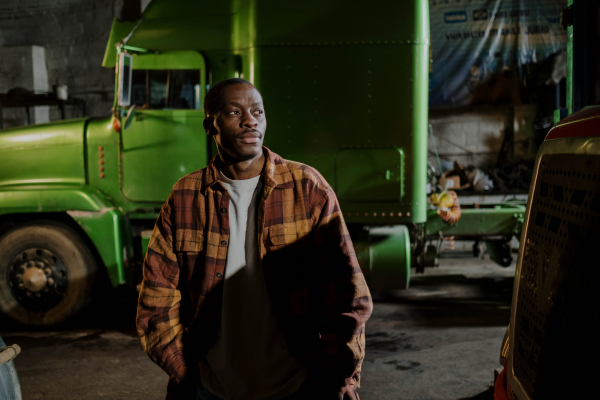

If we cannot provide access to diagnosis and treatment of sleep disorders within specific communities, we will continue to see problems affecting our whole society.
A report released by the American Academy of Sleep Medicine (AASM) looked at the financial impact of undiagnosed obstructive sleep apnea: “The annual economic burden of undiagnosed sleep apnea among US adults is approximately $149.6 billion.” That figure includes lost productivity, motor vehicle accidents, workplace accidents and increased healthcare costs.
We can all benefit from reductions in delays to diagnosis and more people being treated for their sleep disorders; including OSA. That can only happen in every community if we listen carefully to the approaches being developed by sleep equity researchers and meet communities where they are instead of trying to offer “one-size-fits-all” solutions.
Switch To A CPAP Supplier Who Puts You First
It goes without saying that Aeroflow Sleep is a company that believes in putting you first, otherwise they would not have invited me to write this article. I, for one, love to see more durable medical equipment (DME) providers who are actually invested in things like sleep equity, my continuum of care, and really being acknowledged as a person—not a patient—first. And, the best part is you can get that, because they are always open to helping you make the switch from a lousy CPAP supplier to Aeroflow.
All you have to do to see if your insurance provider is in-network with Aeroflow Sleep is fill out the below quality form. A few answers to some basic questions, and your private health insurance, Medicare, or Medicaid plan may be enough to get your next CPAP supplies covered and ordered through a company that really attends to your unique needs. Try it out firsthand and enjoy the sleep equity you know you deserve!
References
The Annie E. Casey Foundation. “Equity vs. Equality: Differences & Examples.” The Annie E. Casey Foundation, THE ANNIE E. CASEY FOUNDATION, 20 Nov. 2023, www.aecf.org/blog/equity-vs-equality.
Jean-Louis G, Grandner MA, Seixas AA. Social determinants and health disparities affecting sleep. Lancet Neurol. 2022 Oct;21(10):864-865. doi: 10.1016/S1474-4422(22)00347-7. PMID: 36115351.
Johnson DA, Ohanele C, Alcántara C, Jackson CL. The Need for Social and Environmental Determinants of Health Research to Understand and Intervene on Racial/Ethnic Disparities in Obstructive Sleep Apnea. Clin Chest Med. 2022 Jun;43(2):199-216. doi: 10.1016/j.ccm.2022.02.002. PMID: 35659019; PMCID: PMC9451370.
Rogers A, Chung A, Seixas A, Chung D, Zizi F, Jean-Louis G. Strategies to Engage Blacks in Sleep Medicine: Lessons Learned from Three Studies Applying Community-Based Participatory Research Principles. J Sleep Disord Ther. 2023;12(4):425. Epub 2023 May 26. PMID: 37425370; PMCID: PMC10327646.
Oglesby, Lauren. “Black American Sleep Focus Groups: Register to Participate!” Project Sleep, Project Sleep, 27 June 2023, project-sleep.com/black-american-sleep-focus-groups/.
Kingshott, Ruth. “Economic Burden of Undiagnosed Sleep Apnea in U.S. Is Nearly $150B.” American Academy of Sleep Medicine – Association for Sleep Clinicians and Researchers, American Academy of Sleep Medicine (AASM), 8 Nov. 2017, aasm.org/economic-burden-of-undiagnosed-sleep-apnea-in-u-s-is-nearly-150b-per-year/.

